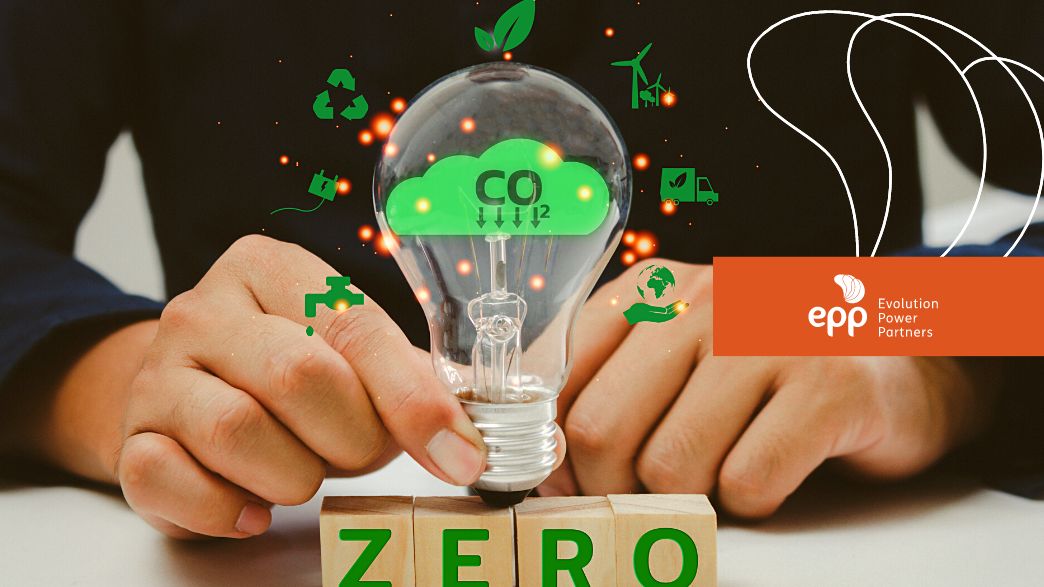Whether using energy generated by renewable sources or acquiring carbon credits, there are options for all organizations to become more sustainable.
More and more companies are investing in carbon credits and renewable energy. With the need to decarbonize the matrixes, governments and organizations are beginning to mobilize to reduce or eliminate their emissions of polluting gases.
The use of fossil fuels generates the emission of carbon dioxide, which has impacted on global warming and climate change. Therefore, companies have been looking for ways to contribute to the reduction of emissions, either by adopting energy generation from renewable sources or by purchasing carbon credits.
What are carbon credits?
A carbon credit represents the non-emission of one ton of carbon into the atmosphere. To generate carbon credits, a company can replace the use of fossil fuels with renewable energies, promote actions with socio-environmental benefits or reduce deforestation.
Companies that are already aligned with a low-carbon economy are taking action for the transition. This can occur through internal actions, such as changes in energy generation or the purchase of certificates, such as carbon credits. That is, even if the company is not able to reduce emissions directly, it can benefit from certificates to mitigate emissions.
To be able to generate carbon credits, projects must comply with the rules established by the regulation of this mechanism. With 22 projects registered in the Clean Development Mechanism (CDM) established by the UN in the Kyoto Protocol, 12 of them are Brazilian initiatives.
Carbon credit and renewable energy in companies
In Brazil, there are still no laws that oblige companies to offset carbon or set reduction targets. In other words, what has been done is done voluntarily and without tax incentives. However, adopting this practice has benefits.
In addition to positively influencing sustainability, avoiding or reducing the effects of climate change, companies that have already opted for change have immediate benefits, such as developing the company’s image, strengthening ESG, reducing risks and generating value for the business.
A survey of 72 companies on the carbon credits and emissions offset market launched by the International Alliance for Carbon Reduction and Offsetting (ICROA) and Imperial College London showed that 67% of companies reported positive and concrete business benefits from having a voluntary compensation program. The biggest motivations listed by companies are brand reputation, employee engagement, differentiation, philanthropy and efficiency.
But before setting goals and making changes, companies need to know their emissions and understand the impact of their activities on the environment. Emissions can be generated directly in the company’s activities, can be outsourced activities or related to the use of raw materials.
By analyzing the whole scenario, it is possible to understand whether it is more worthwhile to migrate to the free energy market, for example, and opt for a renewable source, or even develop a plant for internal use by the organization or industry.
For companies that do not yet have the maturity to migrate systems, giving up fossil fuels, compensation is a way to internalize the cost that comes back as financing and subsidy for the environment.





